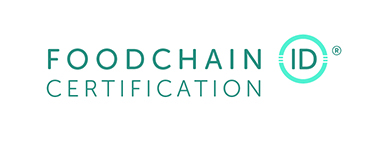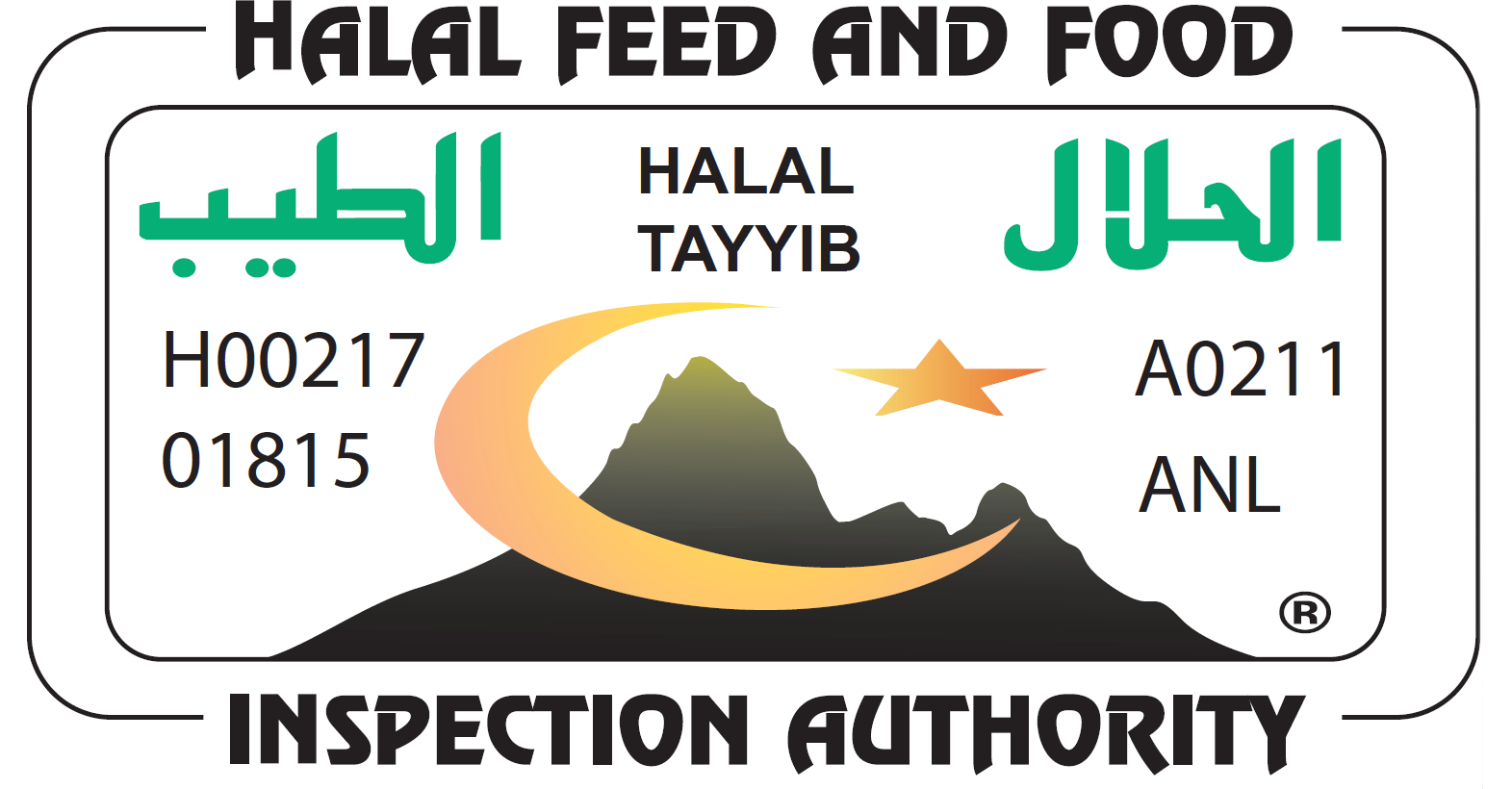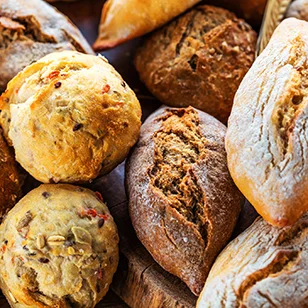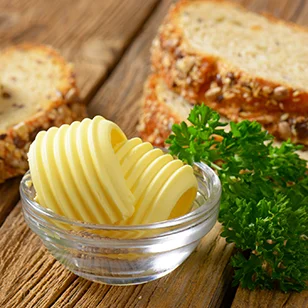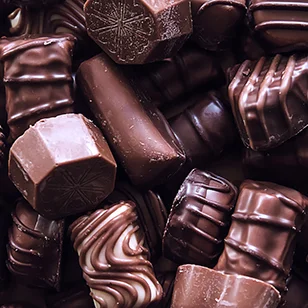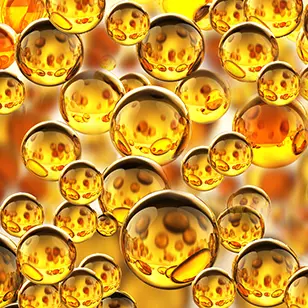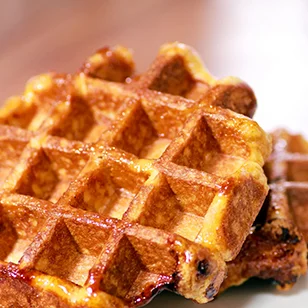Applications
Lecithin in Technical Applications

Lecithin is characterized by the properties of an emulsifier and dispersant, together with the effect of being a separating layer. As a result, lecithin is widely used in various Technical industries, both to improve the efficiency of technological processes and to improve the quality of the final product.
Explosives:
The use of lecithin prevents the formation of large crystals in the explosive. This increases the efficiency and sensitivity of the finished product. As a result, an explosive material has increased power and is less toxic relative to the product without lecithin.

Paint:
Due to the action of lecithin as a surfactant, the forces of attraction between the particles are reduced, and the sediment is formed more slowly. In this case, the sediment is not a clay-like mass, as usual, but has a looser structure, which is much easier to break. Therefore, the paint is better mixed.
Lecithin significantly reduces the viscosity in the system - when mixing paint, a homogeneous mass of lower viscosity is formed, which allows the components to be evenly distributed.
Due to the better interaction of the paint components with each other, when applied to a vertical surface, no "swells" are formed, it fits better, and the product also becomes more resistant to freezing and thawing.

Leather:
The use of lecithin in the production of leather products has a beneficial effect on softening and smoothing the leather. Its emulsifying properties promote the penetration of fat into the leather.
The heat resistance inherent in lecithin reduces the effect of darkening leather products from sunlight falling on them.
The low acid number of lecithin used in the technological process reduces the softening time of the leather, and as a result reduces the cost of production.
The fatliquoring process affects the physical characteristics of the leather, such as its strength, water resistance, extensibility, and air permeability.

Asphalt:
A mixture of lecithin fatty acids is widely used in the production of asphalt as an additive that contributes to the compaction of the working mixture, which will later become the basis for a warm asphalt surface.
Lecithin provides increased lubrication of aggregates when compacting the asphalt mixture, reducing the interfering viscosity at production temperatures, as well as improving the performance of the coating and wettability.
When the car is moving, the tires are exposed to the final product that was used in the production of lecithin, the wheels fly off the surface better, as a result of which the roadbed serves for a longer period.Detergents:
Lecithin-containing detergents, as a result of their action, give a variety of fabrics (both natural and synthetic) excellent softness.
Also, the use of detergents containing lecithin better meets modern environmental requirements and standards.

Fertilizers and pesticides:
The use of lecithin in the production of fertilizers increases the effectiveness of herbicides, insecticides, fungicides and growth regulators.
● Spreadability - increases the contact of the leaves with pesticides.
● Adhesion - drops remain on the target, which prolongs the effect of pesticides.
● Penetration - by affecting the cuticles of the leaves of the plant, it allows to increase the intake of pesticides.
● Droplet management - better affects the size of droplets to reduce possible efficiency losses due to evaporation.
● Eco-friendly - made from natural raw materials.

Ink:
In the production of ink, lecithin especially helps in the proper emulsification of batches and ensures smoothness when using paint.
Also, its use improves the grinding of mixtures and saturates the color of the final product.
Its good dispersing properties are very effective in photographic printing inks, which results in better color transfer.

Paper:
Lecithin is widely used both in the production of paper and in its final finishing. Its use, and as a result - a decrease in the viscosity of the working mixture allows manufacturers of paper to increase the percentage of solids, improve the spreadability parameter and increase the speed of coating application.
As a result, the paper becomes more flexible, smooth and shiny.

Rubber:
The use of lecithin is widespread and applicable to many varieties of rubber.
Due to the use of lecithin in the vulcanization and rejuvenation of rubber, the vulcanization rate and the aging coefficient of rubber are increased, and the properties of rubber are improved.
The properties of lecithin allow you to increase the miscibility of raw materials and get the final product more durable.

